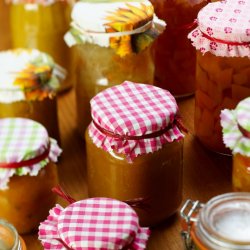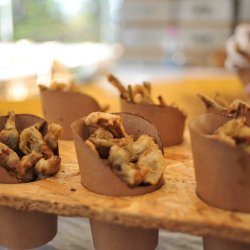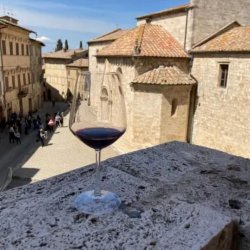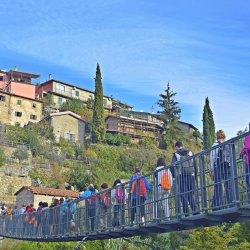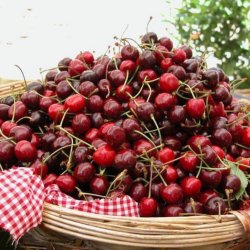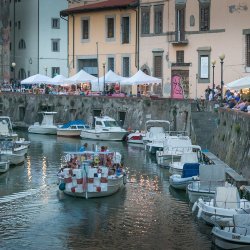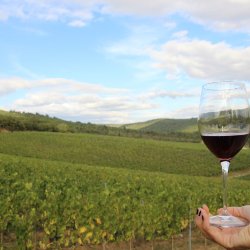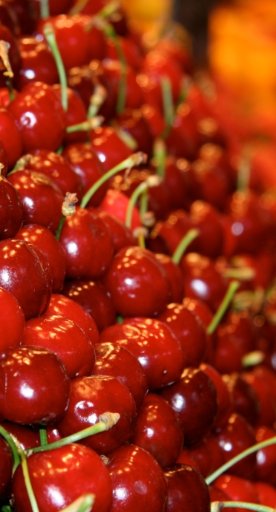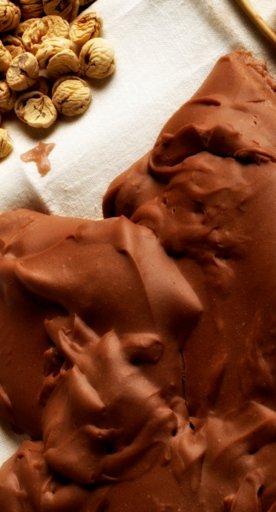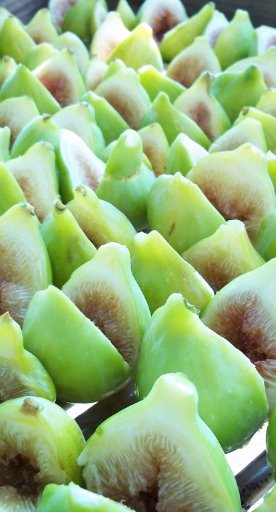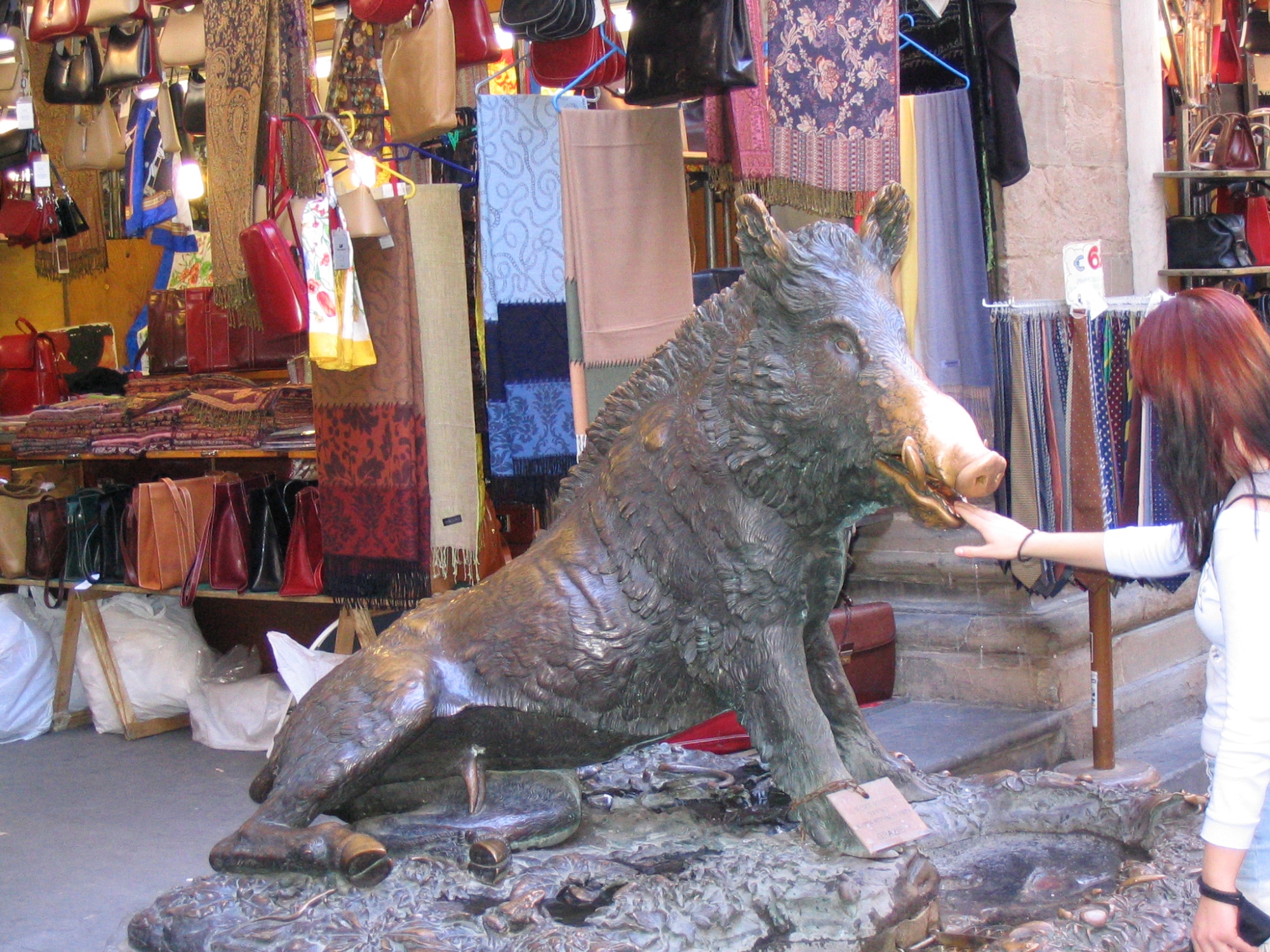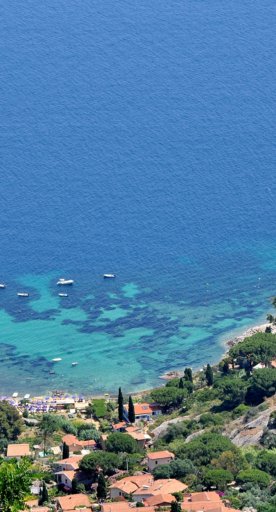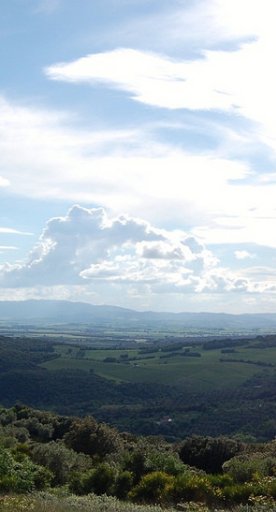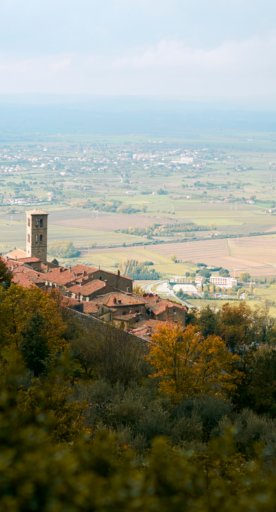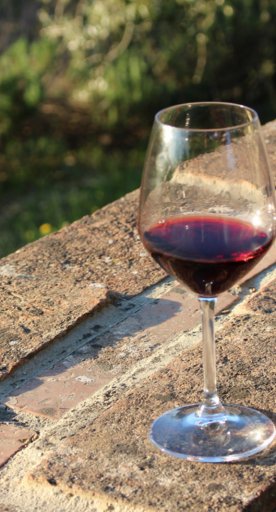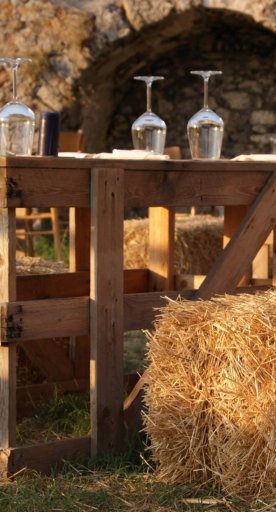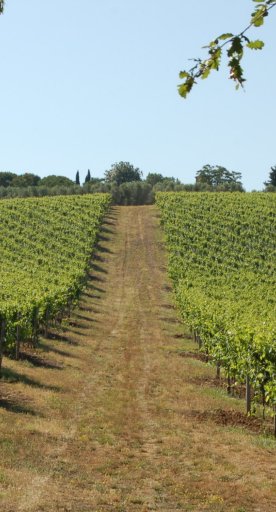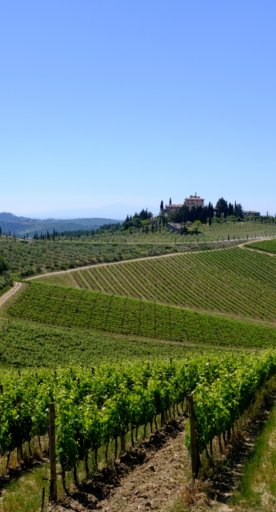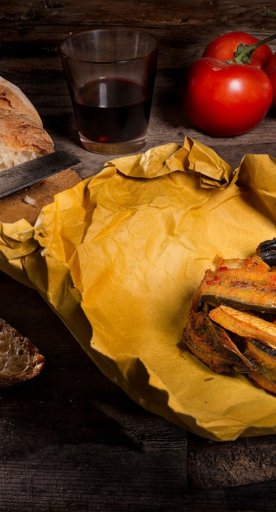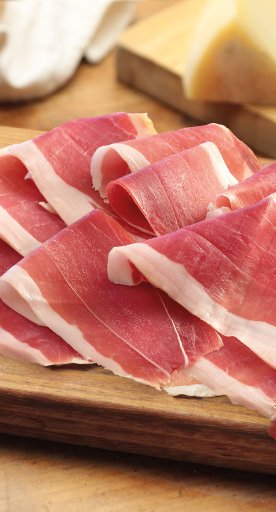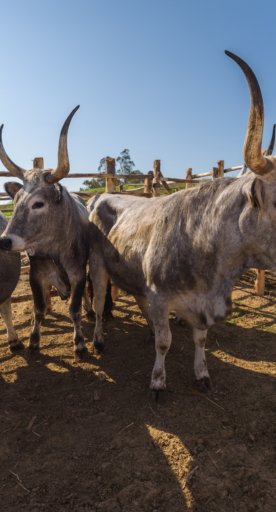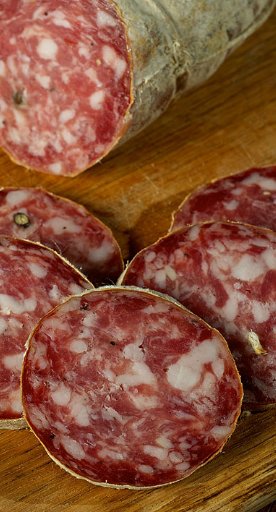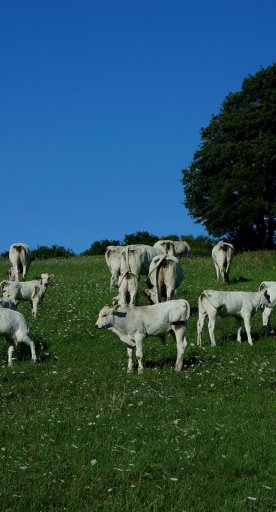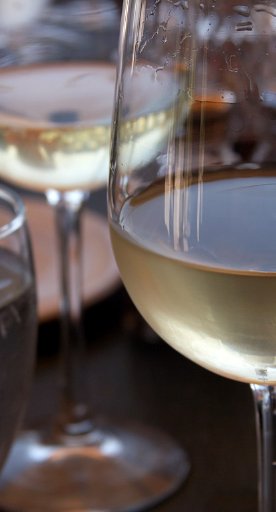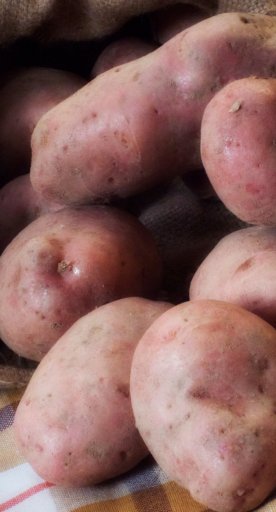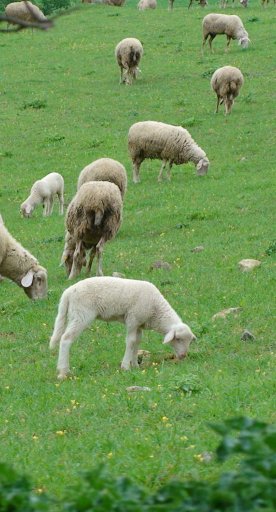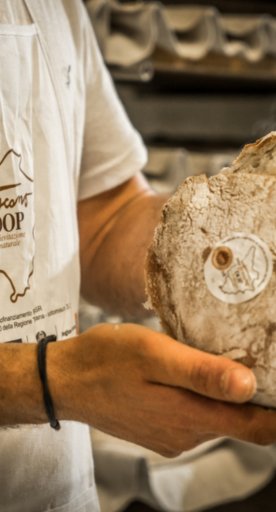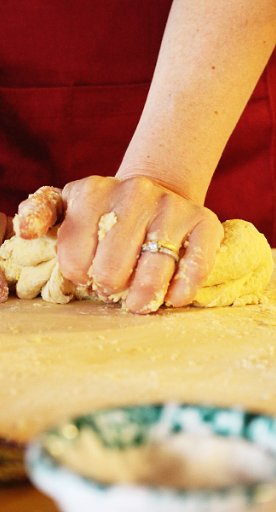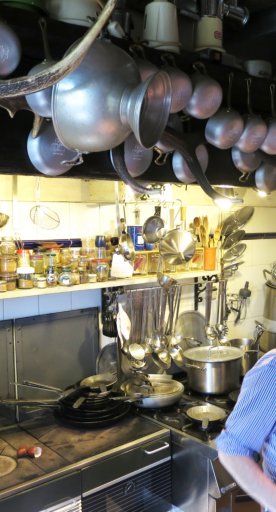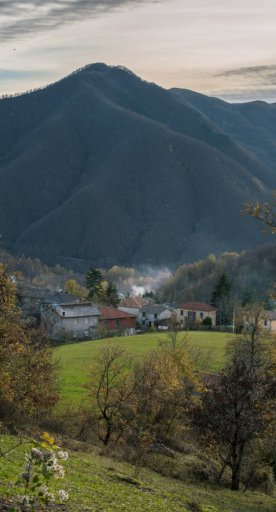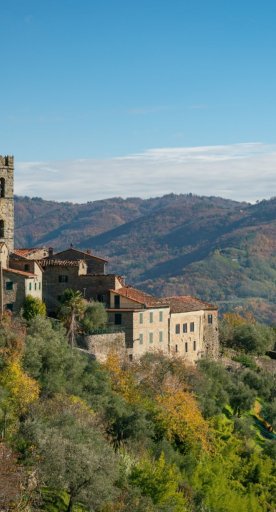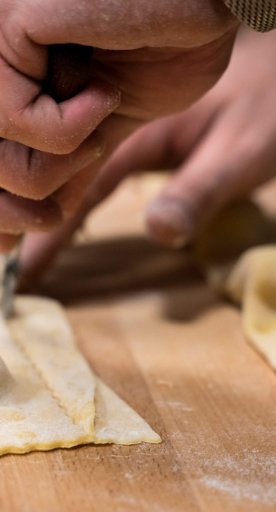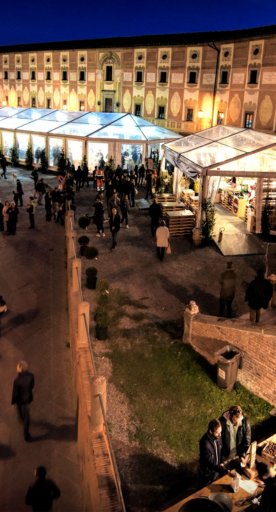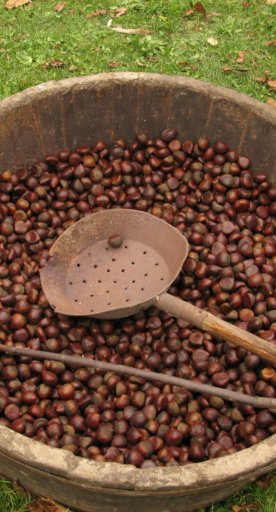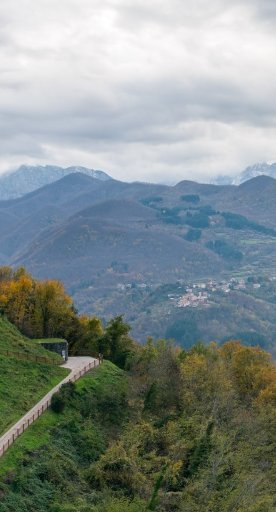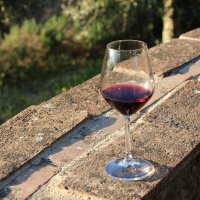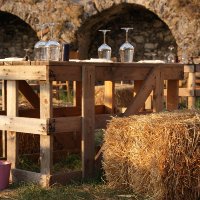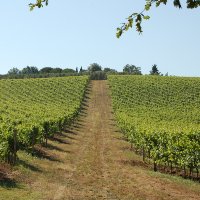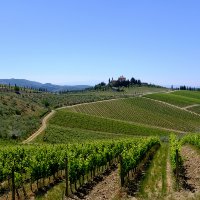Spirits and liqueurs from Tuscany
Brief guide to Tuscan bitters and digestifs to end a meal perfectly
From Chianti to Maremma, Tuscany is renowned for its wines and culinary excellence, which abound everywhere, as well as on the tables of restaurants and osterias. Also rich is the tradition of bitters and digestive liqueurs, indispensable to end every good meal. Here is a brief guide to the traditional and most appreciated liqueurs throughout the region.
-
1.Vin Santo
-
2.Alchermes
-
3.Amaro di Fivizzano
-
4.Biadina
-
5.China Massagli
-
6.Elisir di China in Pieve Fosciana
-
7.White wine vermouth
Vin Santo
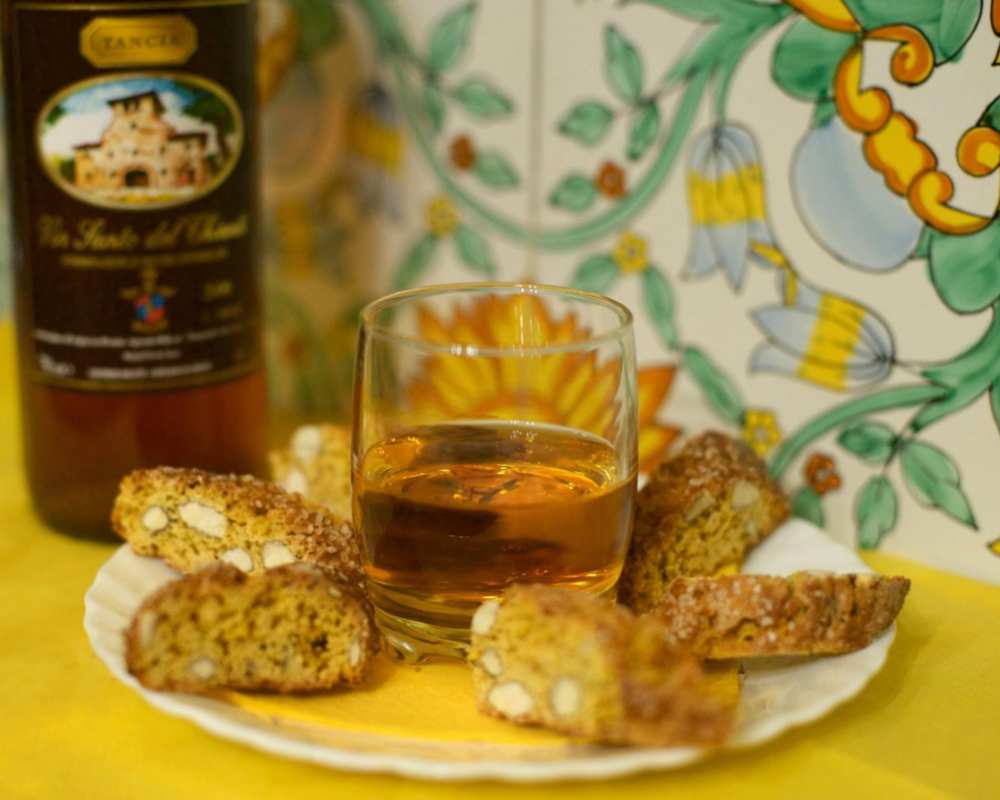
Vin Santo is the quintessential Tuscan liqueur, the perfect example of the end of a meal according to the rules of the most authentic hospitality. In fact, tradition dictates that it should be enjoyed as a dessert along with classic dry pastries such as ricciarelli and cantucci.
Known since the Middle Ages, it owes its appellation "santo" (holy) to the use that was made of it during liturgical celebrations, as well as from the legends that tell of miraculous healings that occurred after drinking this fortified wine.
Alchermes
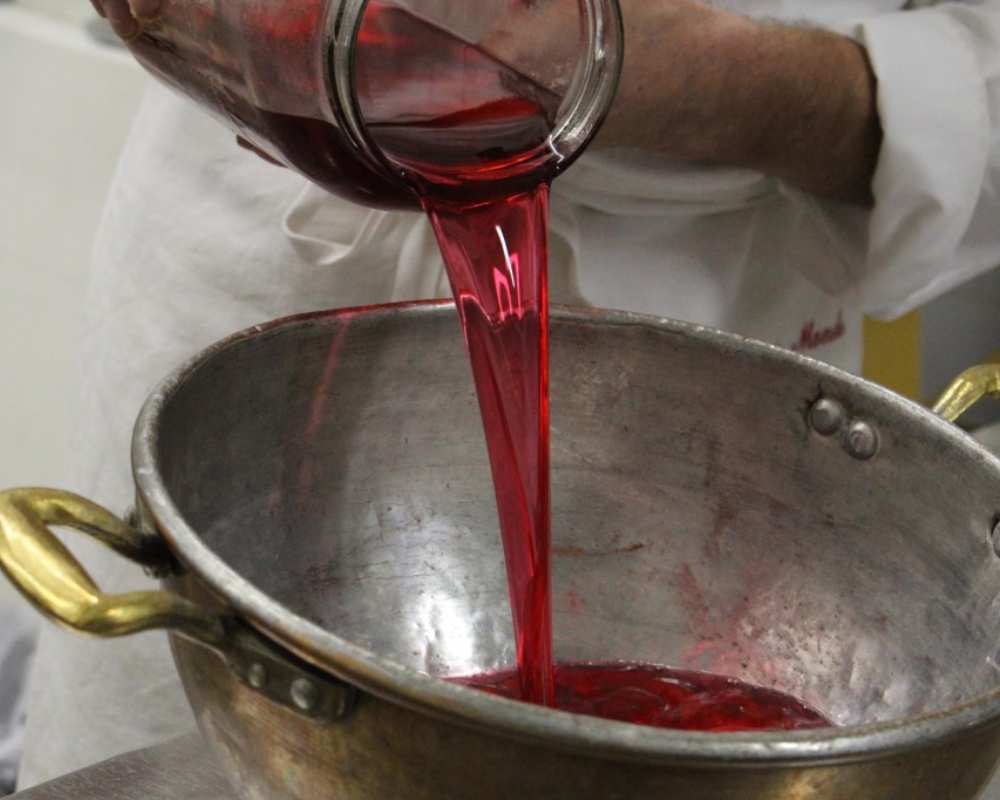
This particular liqueur is the basis of many traditional Tuscan recipes: from the pesche di Prato to zuppa inglese, from the schiaccia briaca dell'Elba to the mortadella di Prato, alchermes, or alkermes, is a kind of sweet elixir, with a bright red color, spicy-aromatic flavor and 35 percent alcohol content. Especially prized by the Medici family, it owes its name and color to cochineal, which has been used since ancient times for its preparation.
It is said to be an "invigorating" liqueur that revives spirits and invigorates the organism, which is precisely why it was produced by the Florentine nuns of the Order of Santa Maria dei Servi since their foundation in 1233. The present recipe is the result of the work and dedication of Fra' Cosimo Bucelli, then director of the Officina Farmaceutica Santa Maria Novella in Florence.
Amaro di Fivizzano
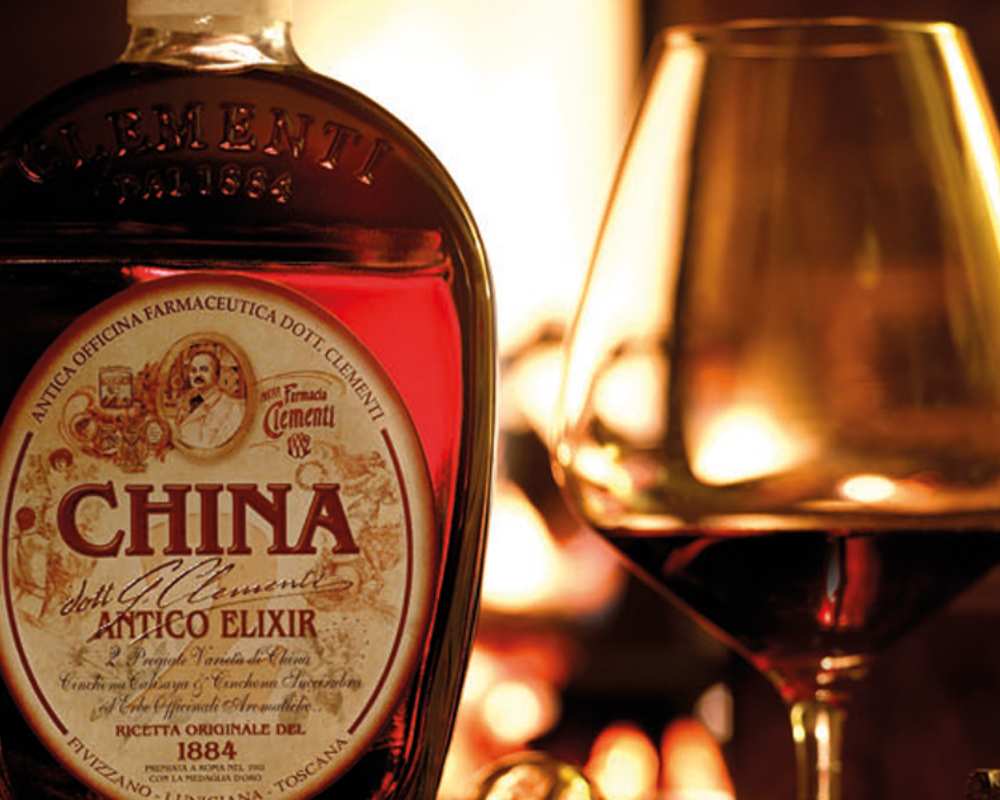
In Fivizzano in the heart of Lunigiana we find Amaro Clementi, also known as China Clementi, an ochre-colored elixir whose recipe has been handed down for four generations.
This was invented by Dr. Giuseppe Clementi in 1884, a pharmacist and expert botanist, who mixed two valuable types of tropical cinchona with various aromatic and officinal herbs until he obtained this liqueur with a smooth taste and intense fragrance.
Biadina
Typical of Lucca and the surrounding area, biadina is a dark-colored liqueur with an aromatic, delicate and somewhat bitter taste. With an intense herbal smell, it has an alcohol content of 27 degrees and is traditionally consumed with a small amount of pine nuts.
It originates from the days when the cattle market was held in Piazza San Michele in Lucca: in fact, the name "biadina" comes from the fodder for the horses that was bought in the same store and where the owner used to say, “a little fodder for the horse and a little biadina for you" as he mixed the concoction he created.
China Massagli
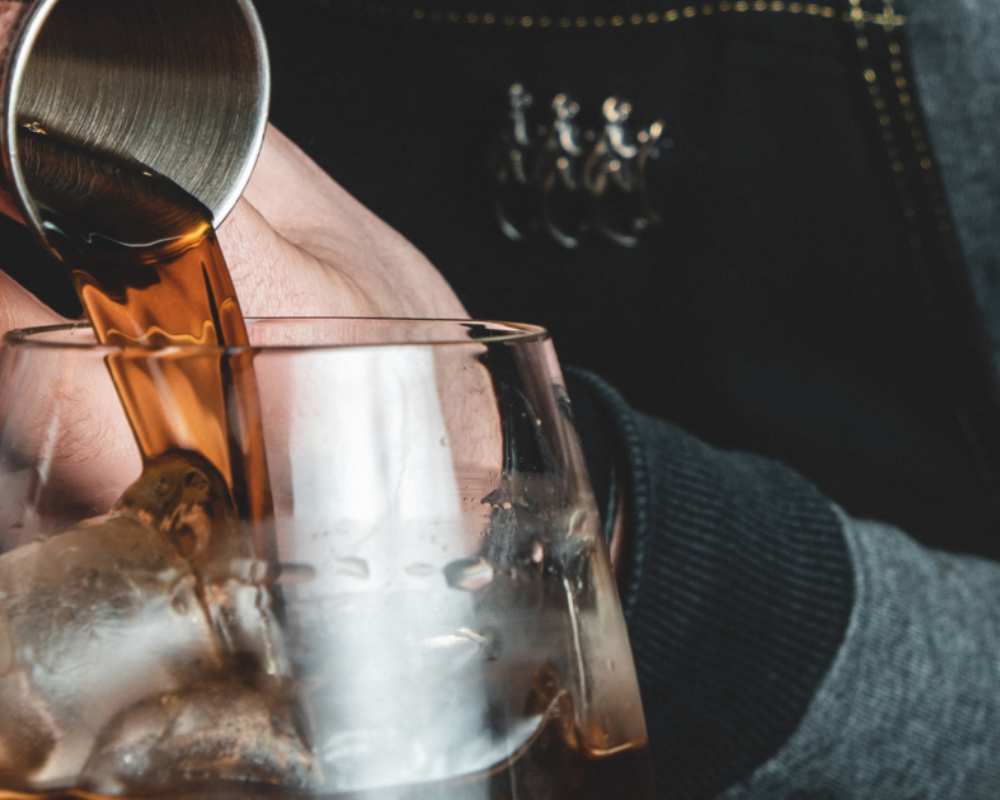
China Massagli is a liqueur made by macerating various herbs and roots, according to the original 1855 recipe created by Dr. Pasquale Massagli in his pharmacy in Piazza San Michele in Lucca, which still exists today.
Also called Elisir di China Massagli, it has a dark but clear color, a bitterish taste, a mellow texture and an unmistakable aroma, characterized by a harmonious set of flavors in which none prevails over the other. The basis of the recipe is a long steeping of China Chincona Officinalis bark, along with other herbs and spices including gentian, cinnamon, nutmeg, and cloves.
Elisir di China in Pieve Fosciana
Pieve Fosciana's Elisir di China is a bittersweet liqueur with a transparent red color, containing 14 medicinal herbs typical of the Garfagnana region.
According to tradition, this cinchona bark-based liqueur originated in 1912 in the backroom used as a laboratory in the pharmacy of this small village at the foot of the Tuscan-Emilian Apennines. Recognized as an excellent tonic and digestif, it was awarded the gold medal for its therapeutic benefits in the interwar period.
White wine vermouth
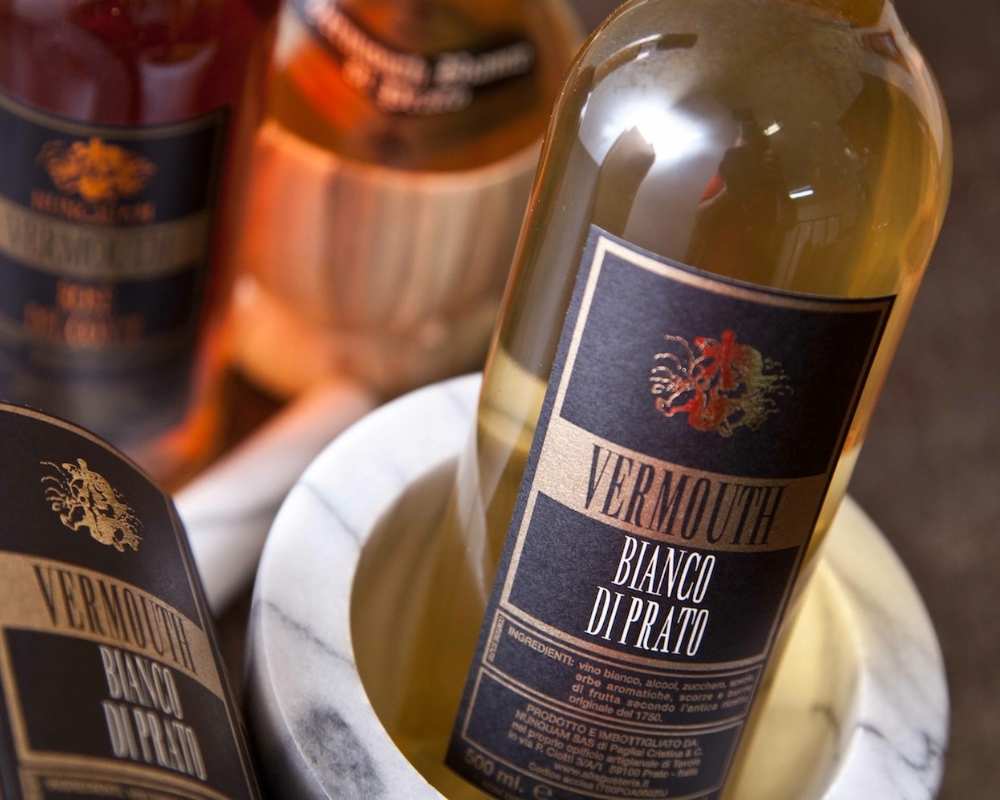
From the peasant tradition of the province of Prato comes white wine vermouth, a low-alcohol drink made by fermenting white grape must along with spices and herbs. It has an amber color, a sweetish taste with a hint of sourness, and a very intense spicy and fruity smell.
It was prepared as early as 1750 to be served as an aperitif or digestif during the Christmas holidays by housewives with unripe white grapes, and herbs picked in the fields, first macerated and then fermented in wooden barrels.
